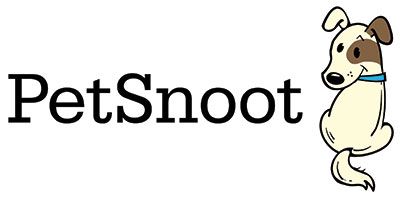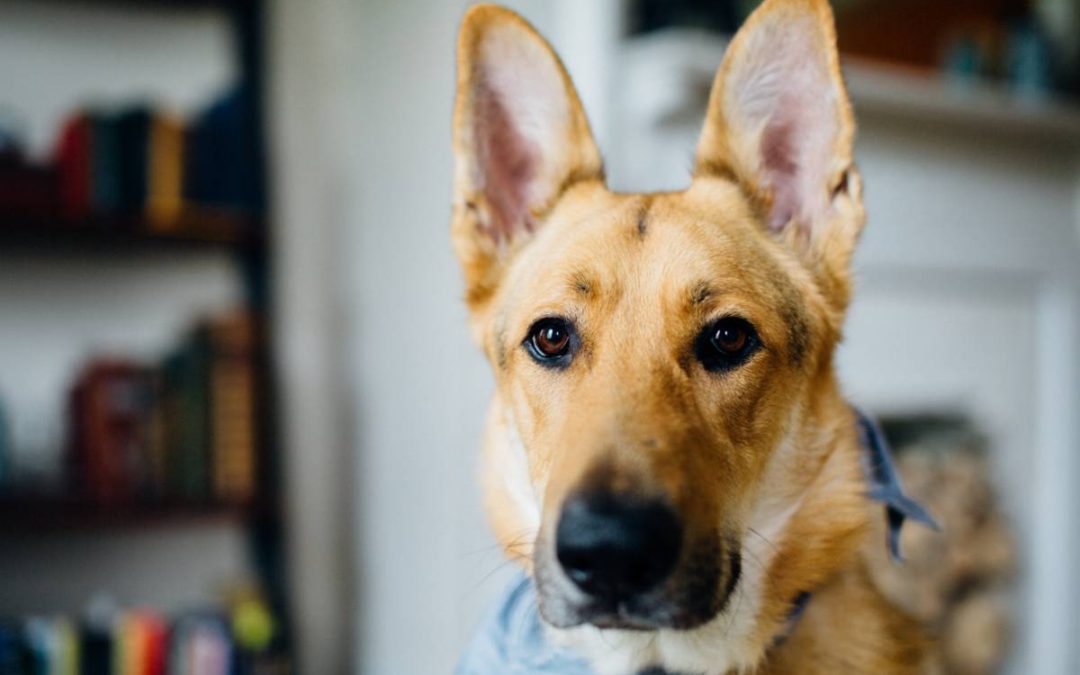Sometimes as I clean my house, I wonder how many dogs actually live in my home. It seems that there is enough dog hair for at least 10 dogs, but the last time I checked, there is only 1 dog living with me. For the life of me, I have no idea how one 40 pound mutt can regenerate and shed what appears to be her own body weight in hair every week.
Someone remind me why I thought those black dress pants were a good idea!
So what gives? Why does it look like my dog had little hairy puppies in every nook and cranny just minutes after I vacuum?
To find the answer to the shedding hair dilemma, we must first understand the important role their coat plays.
My hair is more important than you might think!
Your dog’s skin is their most vital organ, and their hair serves as an important protectant from elements such as heat, cold, sun, and more. Did you know your dog’s hair can help regulate their body temperature? Their hair functions as a layer of insulation between their skin and external environment, keeping them both warm and cool as needed.
Many times people have their dogs hair shaved for the summer. Keep in mind, this doesn’t always keep them cool! Not only does it increase their risk for sunburn, but many breeds rely on this insulating layer to keep them cool. Regular brushing and bathing is the best way to remove their loose undercoat and can cut down on the hairball formation throughout your home.
Why does my hair fall off anyway?
Just like people, dog hair grows continually and will break off at the end of its life cycle. Exactly how much hair will break off depends on many factors; such as breed, health, age, and season. Keep in mind, some breeds shed seasonally, while others shed year round.
Seasonal shedding, sometimes referred to as “blowing their coat,” typically happens in the spring and fall. For those of us with double-coated breeds; such as Siberian Huskies, the amount of hair released from their undercoat can be overwhelming. These breeds have an outer layer of long guard hairs to protect against snow, rain, and ice, as well as a soft undercoat layer to keep them warm and dry.
During the summer season, they will shed their undercoat, leaving the outer layer to protect against the sun. With the absence of the undercoat, these guard hairs allow air to circulate, keeping them cool. In lieu of shaving their hair, it is recommended to brush them 2-3 times a week with a rake or shedding blade. Bathing can be helpful when using dog specific shampoos that are made for your dog’s skin and coat. Be sure to rinse and dry properly after a bath!
If you are one of the lucky pet owners whose dog sheds year round, it is helpful to brush them on a weekly basis. Brushing can be a bonding experience, and there are professional groomers who have the appropriate equipment to help remove the excess hair.
Did you know nutrition can affect my skin coat?
Your dog’s skin and coat health can be greatly affected by nutritional factors. It is important to feed a well balanced diet with the appropriate amount of protein, fat, vitamins, and minerals. Finding the right diet for your dog is easier said than done with all of the brands that are currently available. A simple call to your veterinarian to ask which brands they recommend can help alleviate diet concerns.
I may be losing too much hair because I’m sick!
Excessive hair loss can be attributed to a variety of factors. If you notice your dog losing hair in spots, patches, or isolated areas, this may indicate the possibility of an underlying illness. Irregular hair loss can be a sign of allergies, hormone imbalance, stress, skin conditions, parasites and more. When in doubt, schedule an appointment with your veterinarian to rule out illness.
Every dog is different, and factors such as breed, age, season, nutrition, and overall health can affect the amount of hair they shed. Learning what is “normal” shedding for your dog is important in helping you identify a sudden hair loss change, which could indicate an underlying illness.
Cleaning up dog hair can be an ongoing struggle, but it is a small price to pay for the unconditional love they give us every day.
Simply can’t get past the hair, but still want a dog in your life? There are plenty of hypoallergenic and low shedding breeds; such as Bichons, Poodles, Schnauzers, Cairn Terriers, and Maltese to name a few.
Does your dog shed like crazy? Do you have any tips for us on keeping up with the dog hair? Please share your best and worst shedding scenarios! We love hearing from you!


Recent Blog Comments